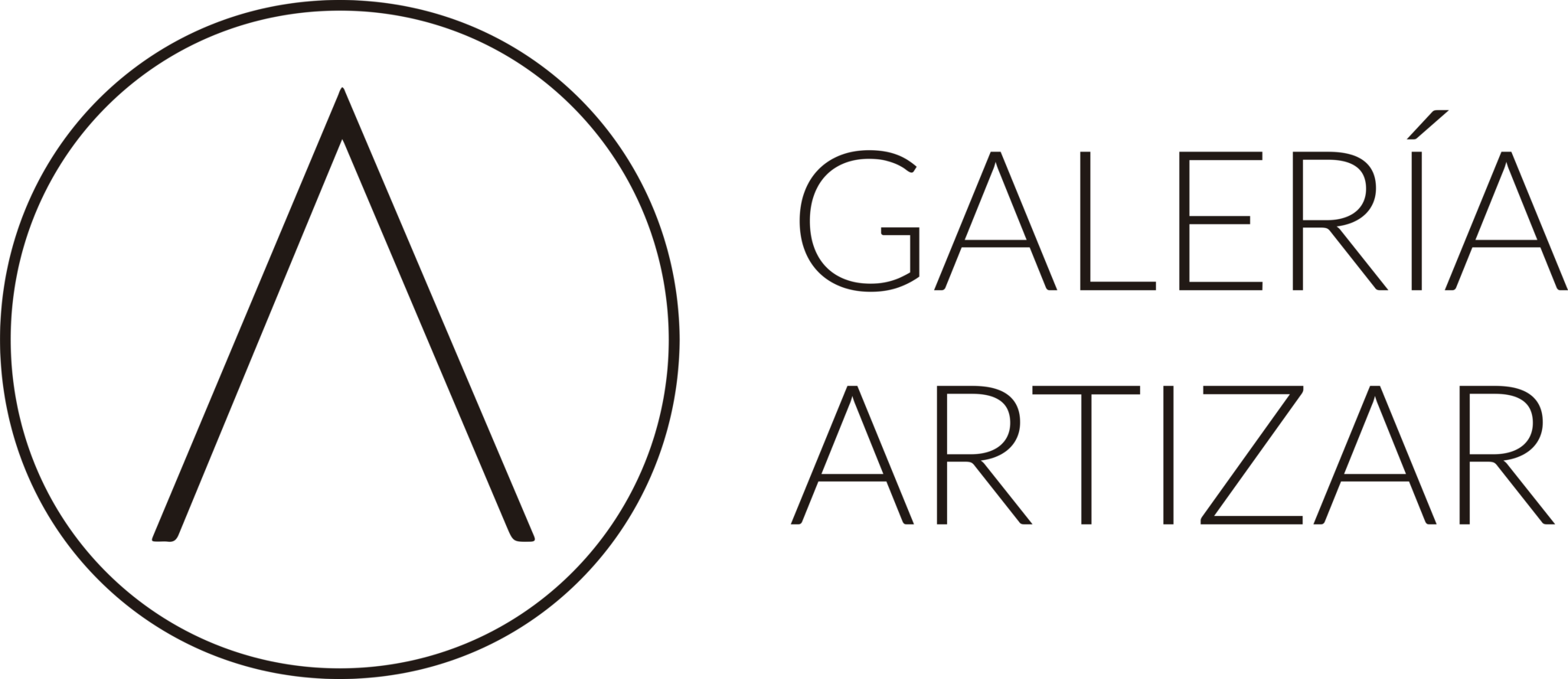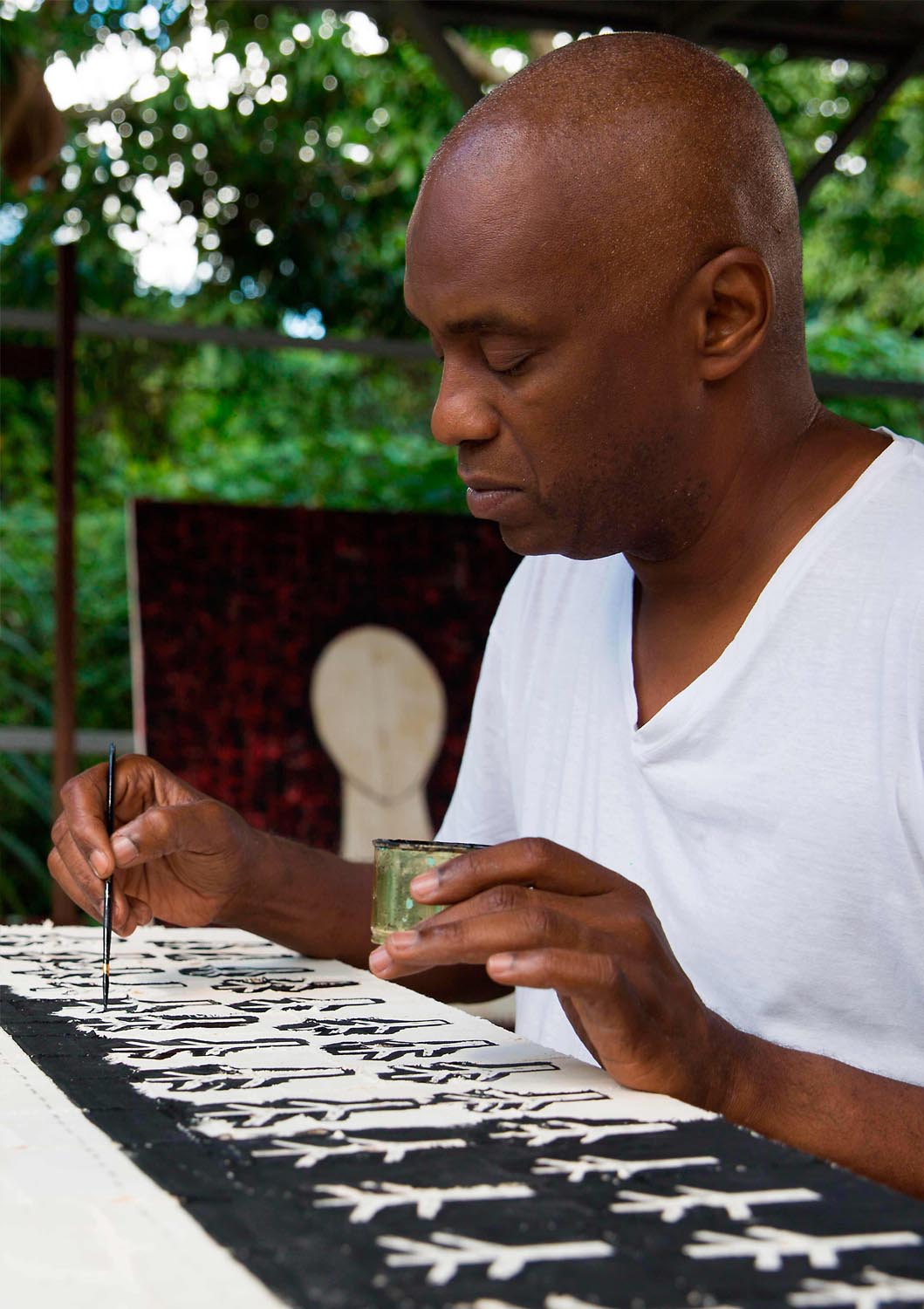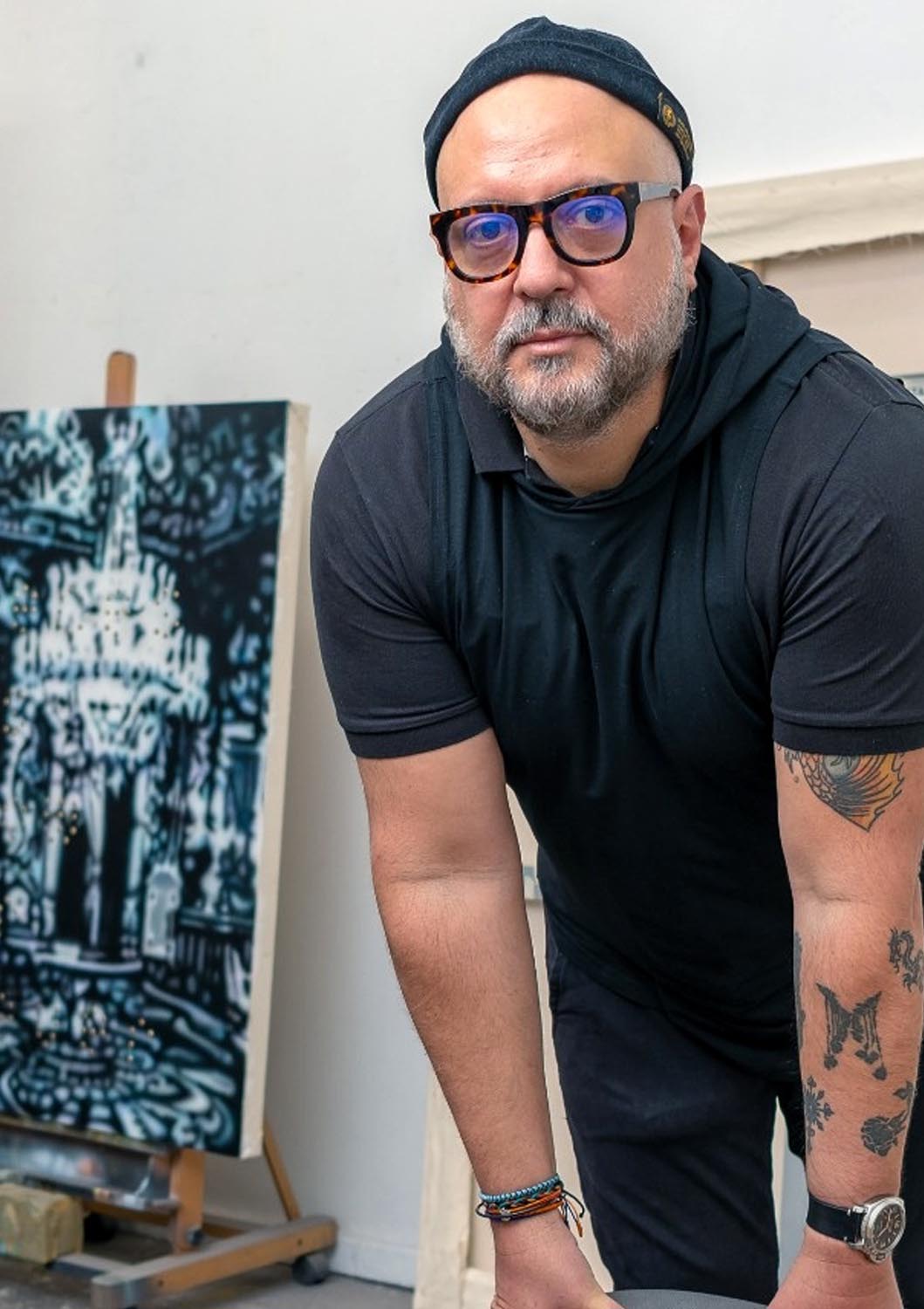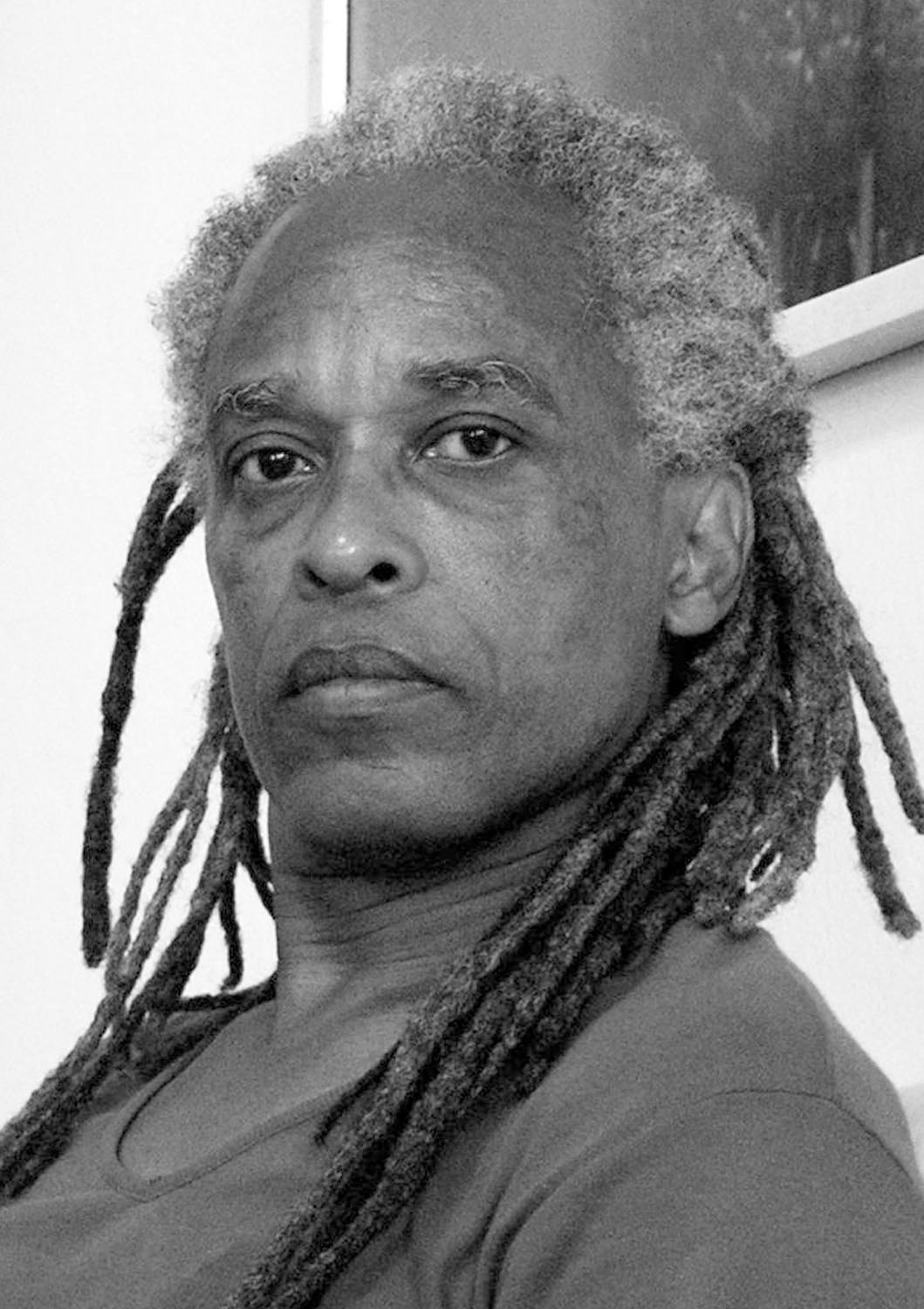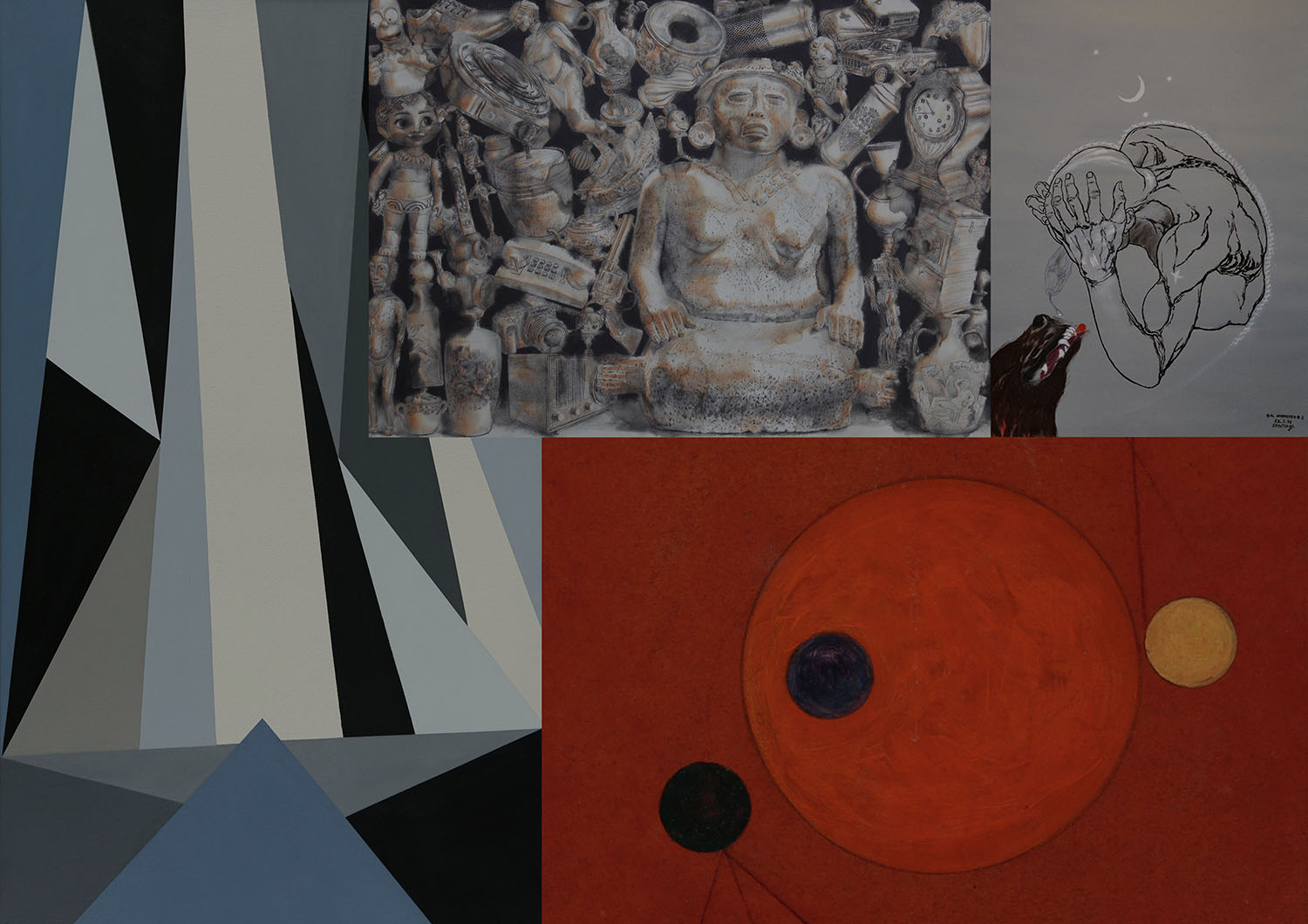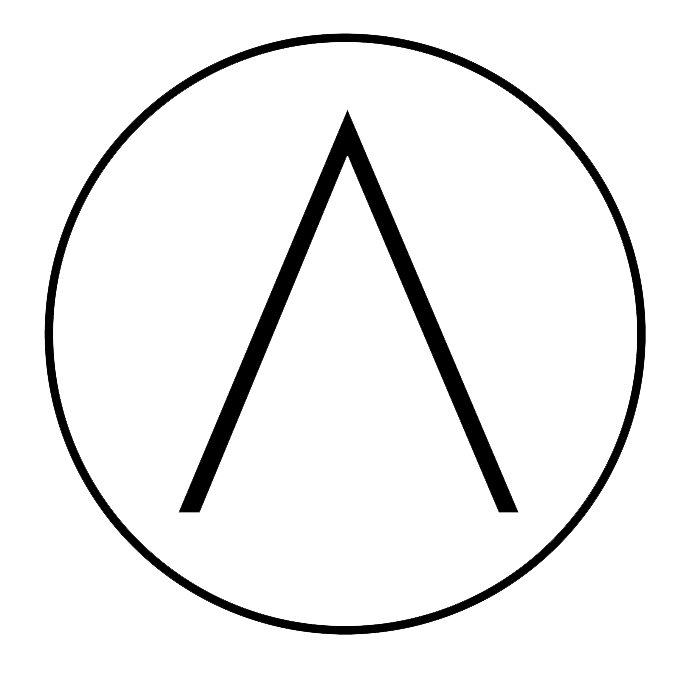MANUEL MENDIVE
Havana, 1944
It goes without saying that Manuel Mendive Hoyo is, to this day, and has been for several years, one of the most important artists in the history of Cuba. As a direct witness to the significance of Wifredo Lam’s influence on Cuban culture and later on international avant-garde art, Mendive and his art stand as a guide for several subsequent generations of Cuban creators.
In 2014, he celebrated 50 years in his artistic career, a period marked by significant milestones and dates. At the age of just 11, he received the UNESCO Morinaga Society’s Mother’s Tribute Award in Tokyo. He also won the Adam Montparnasse Prize at the XXIV Salon de Mayo in Paris in 1968 and the National Visual Arts Prize of Cuba in 2001. Countless awards adorn his record, along with an uncountable number of individual and collective exhibitions worldwide. Mendive is a regular presence at major international contemporary art fairs such as ARCO Madrid since 1996, Art Miami, and Pinta in London and New York. He is also frequently featured in prominent Latin American art auctions.
Manuel Mendive’s works can be found in highly esteemed collections and museums across the globe. Some examples include the National Museum of Fine Arts in Havana, PANARTE (Museum of Modern Art in Panama), CAAM (Atlantic Center of Modern Art in Las Palmas de Gran Canaria), the Pompidou Center in Paris, the John F. Kennedy Center in Washington, D.C., and the José Luis Cuevas Museum in Mexico.

